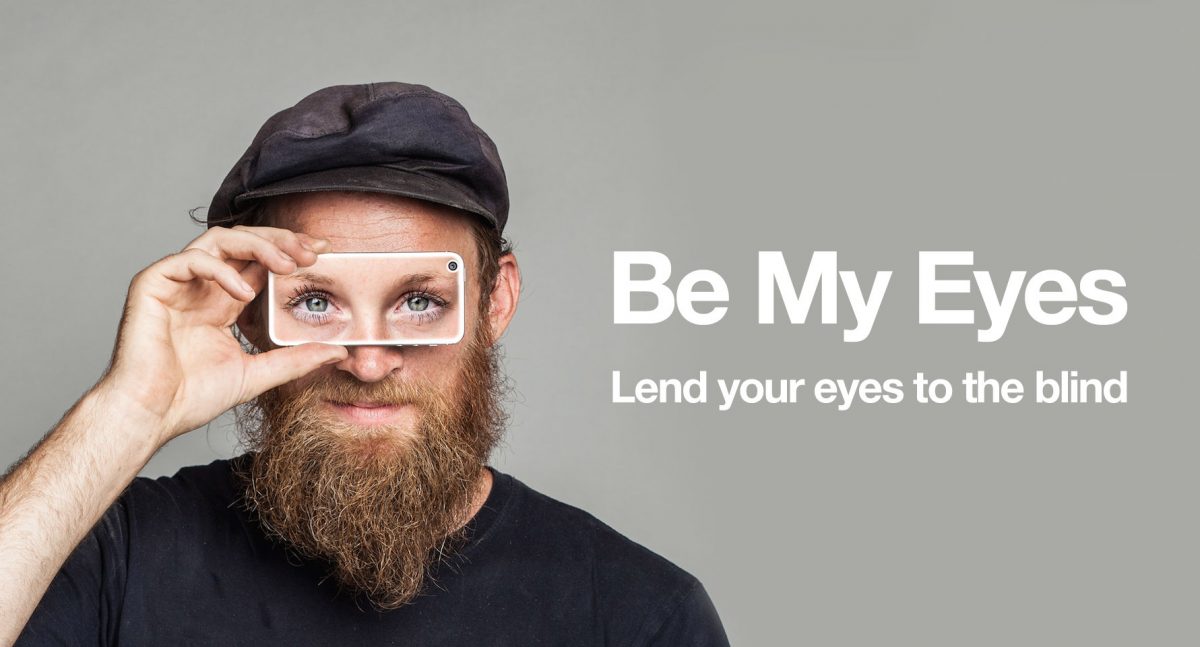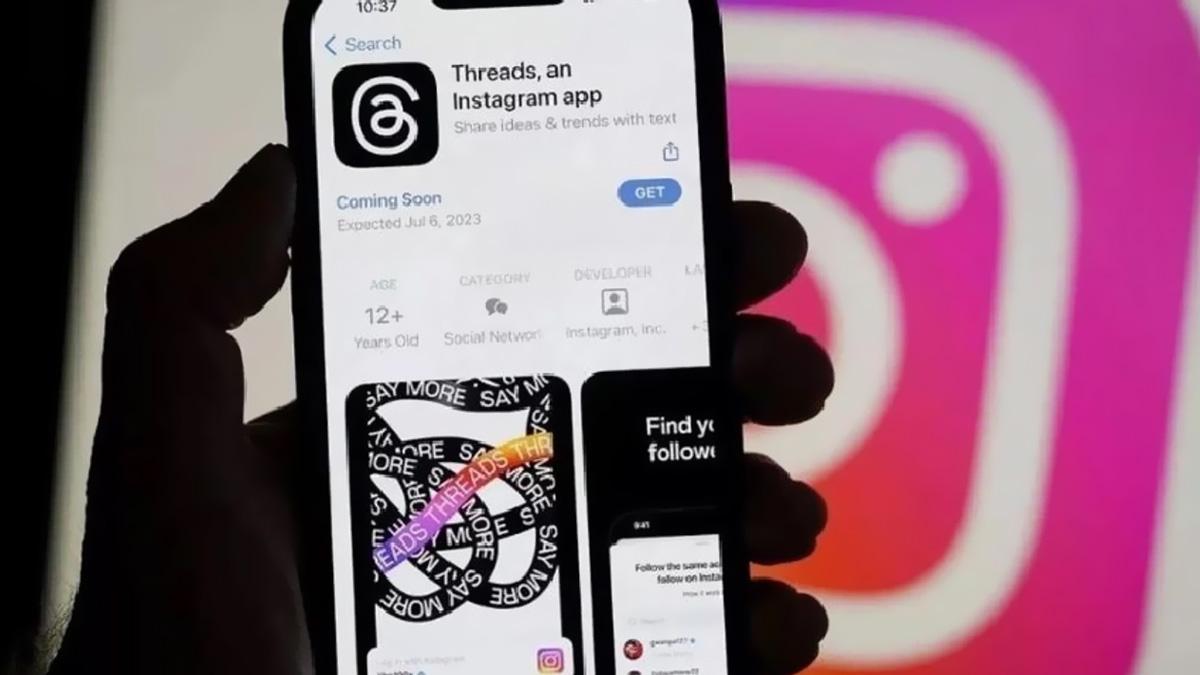Be My Eyes Integrates GPT-4's Image Recognition Technology to Assist the Visually-Impaired

Visually-impaired individuals have lauded the latest innovation from Be My Eyes, a Danish startup, which has integrated GPT-4's image-recognition capabilities in a groundbreaking app feature. Dubbed 'Virtual Volunteer,' the object-recognition tool has been described as life-changing for those with visual impairments, as it can provide answers to any question related to an image sent to it. The feature allows users to capture images of everyday objects, such as ingredients, and instantly receive relevant information, such as recipes.
Related: A closer look at Microsoft’s AI Copilot

In the event that they prefer dining out, they can utilize the app to upload an image of a map, and receive directions to a nearby restaurant. Upon arrival, they can use the app to take a picture of the menu, and listen to the available options. Furthermore, if they wish to burn off the extra calories at a gym, they can conveniently employ their smartphone camera to locate a treadmill.
Mike Buckley, the CEO of Be My Eyes, affirms that while we are currently experiencing an AI hype cycle, several beta testers have expressed their belief that the app is life-changing. He further states that the innovation has the potential to be transformative in equipping the visually-impaired community with unparalleled resources to better navigate their physical environment, tend to their daily necessities, and attain greater independence.
The Virtual Volunteer feature of Be My Eyes harnesses the upgraded version of OpenAI's software. GPT-4 is considered multimodal, meaning that it is capable of analyzing both textual and visual inputs. Be My Eyes was keen to try out the new feature as previous versions of the software had underperformed. Although text-to-image systems have existed for some time, the startup had never been convinced of their efficacy. According to Buckley, the available tools on the market had numerous shortcomings, from frequent errors to an inability to converse, which prevented them from meeting the needs of their community.
According to Buckley, GPT-4's image recognition capabilities are superior and are further augmented by the conversational and analytical layers powered by OpenAI, making the feature much more valuable and useful. Previously, Be My Eyes relied solely on human volunteers to support their users. However, with the new Virtual Volunteer feature, OpenAI claims that the same level of context and understanding can be achieved. Nevertheless, if a user does not receive a satisfactory response or simply prefers a human connection, they can still reach out to a volunteer.
Related: Cloudflare announces AI-powered Fraud Detection tool
Despite the encouraging initial outcomes, Buckley emphasizes the need for a cautious rollout of the free service. The opinions and feedback from beta testers and the broader community will be critical in determining the pace and scope of the release. Ultimately, Buckley envisions that the platform will offer users both support and opportunities. Be My Eyes plans to aid businesses in serving their customers more effectively by placing a greater emphasis on accessibility.
Buckley believes that the technology has the potential to not only empower people who are blind or have low vision but also provide them with a platform to showcase their abilities to the world. He opines that the technology could be a game-changer and enable the visually-impaired community to harness their talents and skills. For Buckley, this represents a truly compelling possibility.





















